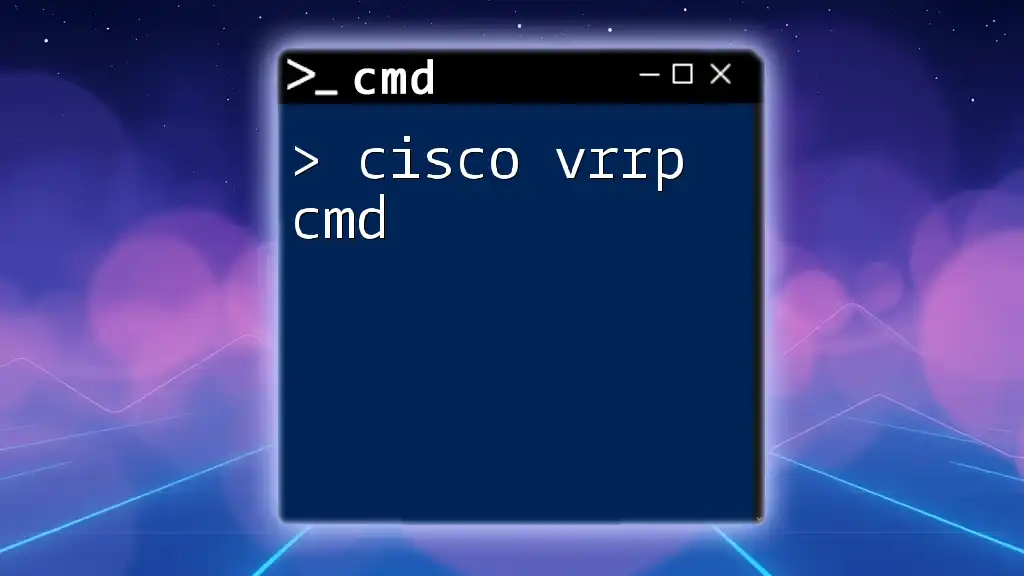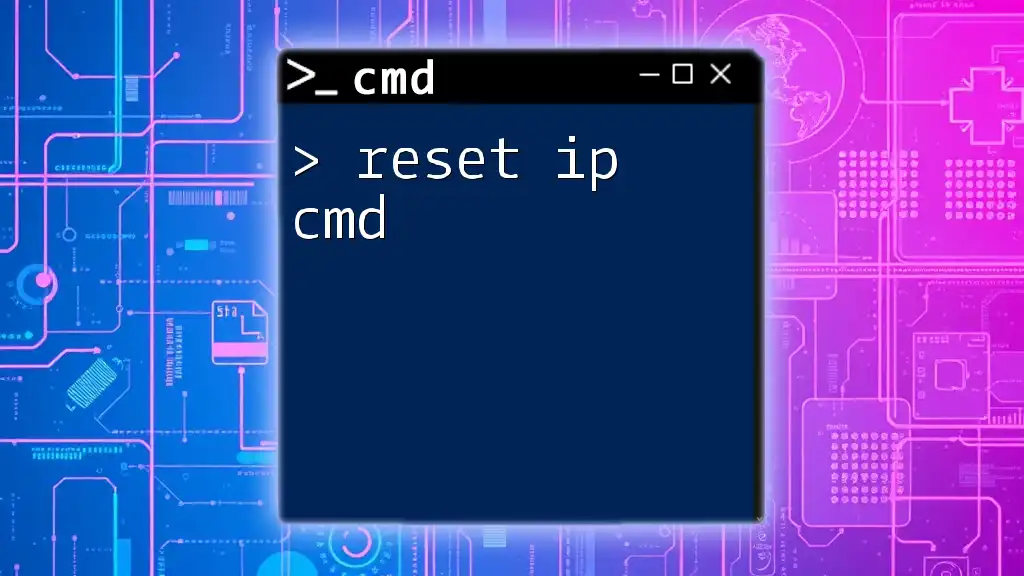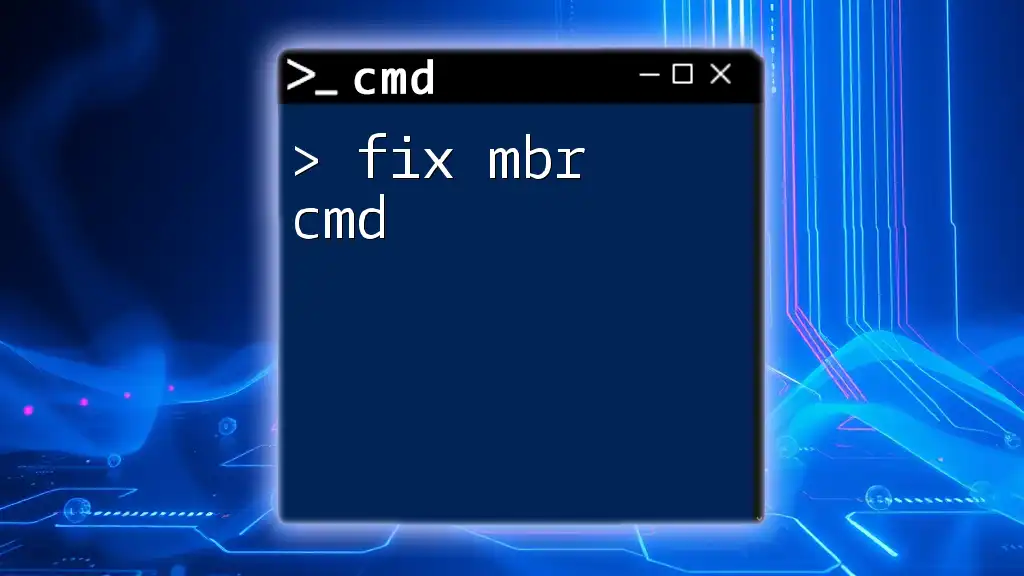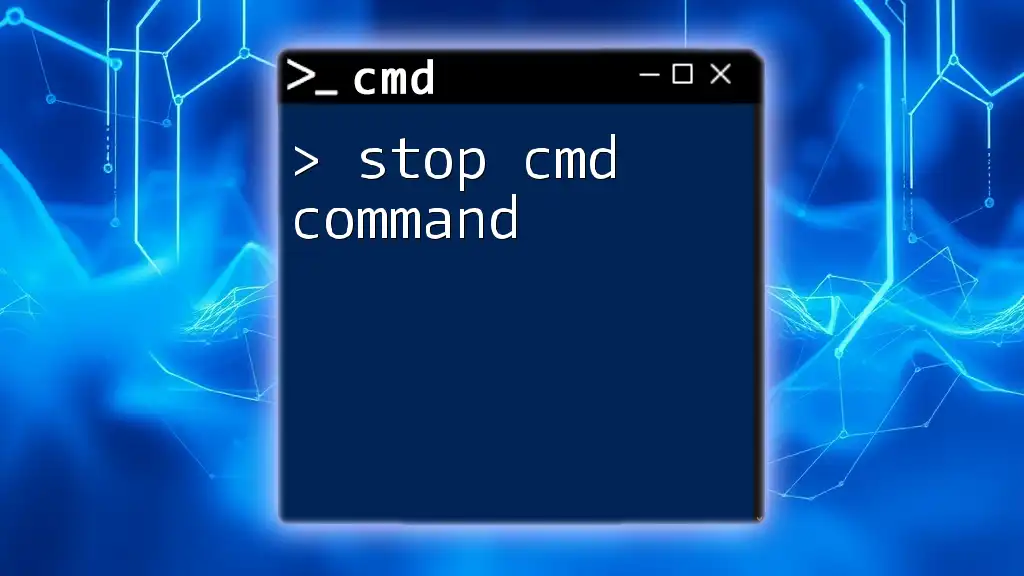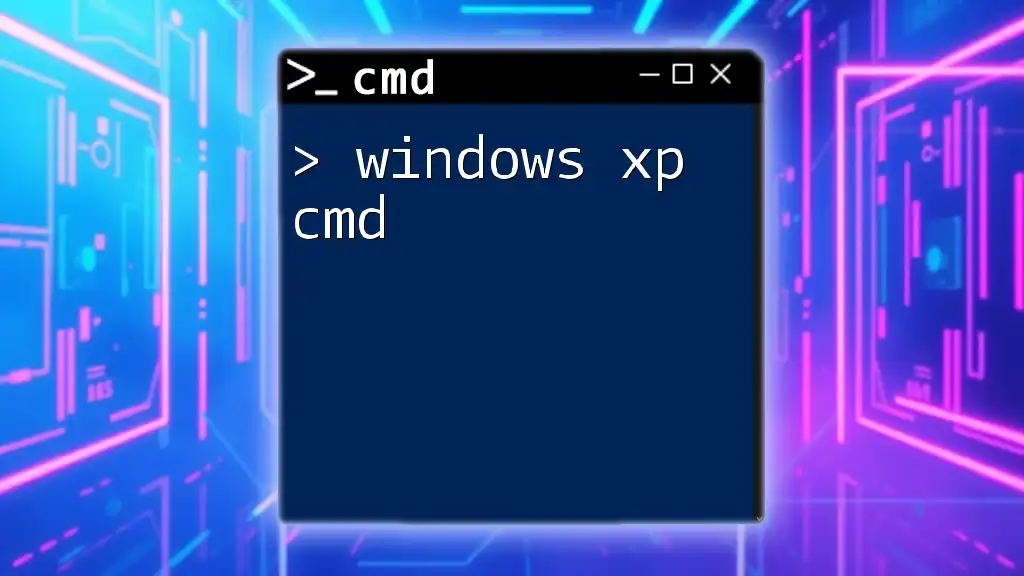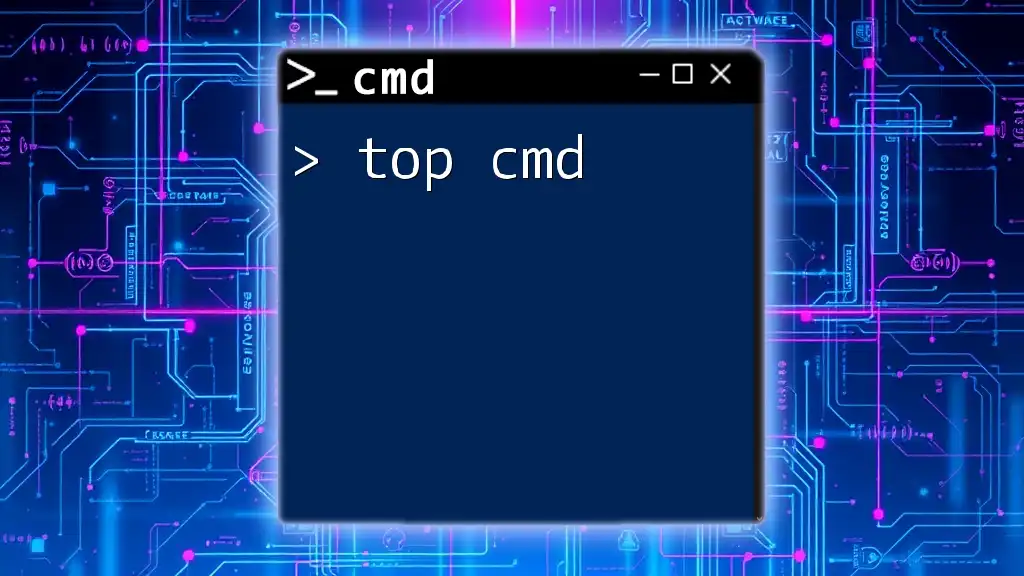VRRP (Virtual Router Redundancy Protocol) is a networking protocol used to ensure high availability for routers, allowing multiple routers to work together and present a single virtual router to the network while managing failover between them.
Here’s a basic example of a VRRP configuration command for a Cisco router:
interface GigabitEthernet0/1
vrrp 1 ip 192.168.1.1
vrrp 1 priority 100
vrrp 1 preempt
Understanding VRRP
What is VRRP?
Virtual Router Redundancy Protocol (VRRP) is a network protocol that provides high availability and redundancy for routers within a local area network (LAN). By allowing multiple routers to work together, VRRP ensures that if one router fails, the remaining routers can immediately take over, thus maintaining network services without noticeable downtime.
The primary goal of VRRP is to create a virtual router by coordinating multiple physical routers. This virtual router has its own IP address, known as the virtual IP address. Clients on the network send their traffic to this virtual IP, which is managed by one of the physical routers designated as the Master Router. The other routers are considered Backup Routers.
How VRRP Works
In a typical VRRP setup, one router is elected as the Master Router while others remain in a Backup state. Routers communicate their status through advertisements at configured intervals. The Master Router handles all the traffic directed to the virtual IP address, while the Backup Routers monitor the Master's health.
Key components include:
- VR ID: A unique identifier for the VRRP group.
- Virtual IP: The standby IP address that routers in the group share.
- Advertising Interval: The time period after which the Master Router broadcasts its presence to backup routers.
Transition states in VRRP:
- Master: Active participant that routes packets.
- Backup: Standby participants ready to take over if the Master fails.
- Init: The state used when a router is not operating in a VRRP group.
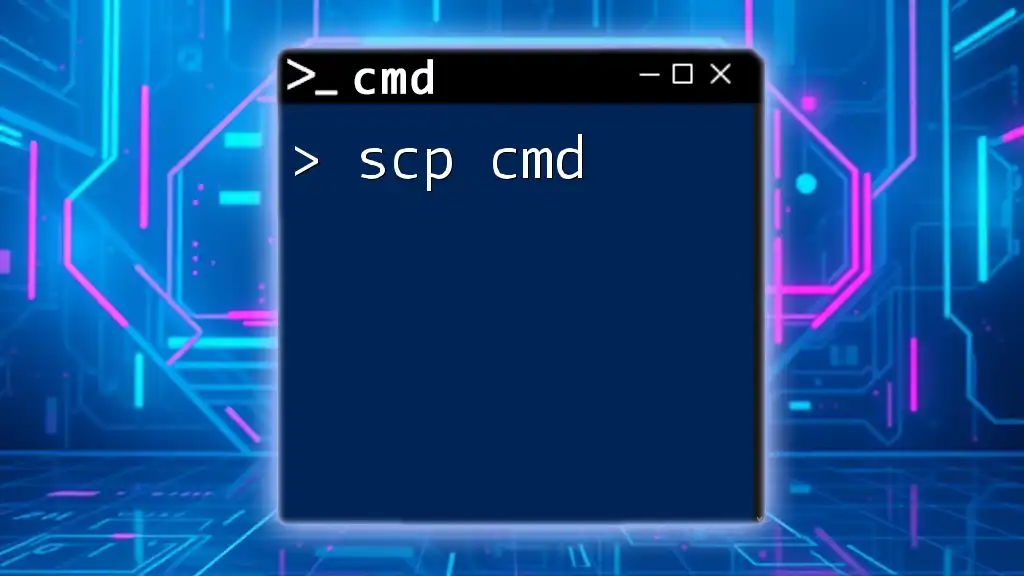
Basic Cisco VRRP Commands
Enabling VRRP
To enable VRRP on a Cisco device, utilize the following syntax in interface mode:
interface [interface_name]
vrrp [group_id] ip [virtual_ip]
Using this command, you specify which network interface you want to assign to VRRP, the group ID for identification, and the virtual IP address that will be used within the VRRP group.
Setting VRRP Parameters
Configuring the Virtual Router ID
Setting a Virtual Router ID is crucial for identifying the VRRP group and differentiating it from other groups. Use the following command:
vrrp [group_id] virtual-ip [virtual_ip]
This links the specific VRRP group to a virtual IP address, which is what clients will use to send their traffic.
Configuring the Priority
The priority setting determines which router will become the Master Router. The higher the value, the more likely the router will act as Master. Configure priority using:
vrrp [group_id] priority [priority_value]
This command allows you to establish control over router selection, offering better management of failover scenarios.
Preemptive Mode
The preemptive mode allows a router with a higher priority to reclaim the Master Router role once it becomes available again. To enable this feature, use:
vrrp [group_id] preempt
This setting ensures a smooth transition back to the intended router, affirming the network’s reliability.

Advanced Configuration Options
Configuring Authentication for VRRP
Security is paramount in networking, and VRRP supports authentication to ensure that routers participate only in authorized groups. You can set up authentication with the following command:
vrrp [group_id] authentication [type] [key]
You have the option to choose between simple text keys or MD5 hash authentication for enhanced security measures.
Configuring Timers
Advertisement Interval
The advertisement interval is critical for maintaining the state and responsiveness of your VRRP system. Adjusting this interval helps in defining how responsive the backup routers are in recognizing a Master failure. Use the command:
vrrp [group_id] timers advertise [interval]
A shorter interval can make the network more resilient but may increase network traffic.

Monitoring and Verification
Verifying VRRP Configuration
To check the status of your VRRP implementation and verify that it is functioning as expected, use the command:
show vrrp
This command provides important details such as the current Master Router and the state of other routers in the group.
Troubleshooting Common Issues
Common problems with VRRP configurations can often be diagnosed with proper monitoring commands. Look for:
- Misconfiguration of virtual IPs.
- Inconsistent priority settings.
- Authentication mismatches.
Understanding the output from the `show vrrp` command can help you interpret any error messages and rectify issues effectively.

Use Cases for Cisco VRRP CMD
Failover Scenarios
In real-world implementations, having VRRP in place is vital for sustaining high availability. If the Master Router goes down, a Backup Router can take over virtually instantaneously. For example, in a corporate network where both redundancy and uptime are essential, VRRP ensures minimal disruption during router failures.
Load Balancing
By effectively using priorities and multi-channel setups, VRRP can assist with load balancing traffic across multiple routers, optimizing network performance. By distributing traffic more evenly, you can alleviate the strain on network resources and enhance overall efficiency.
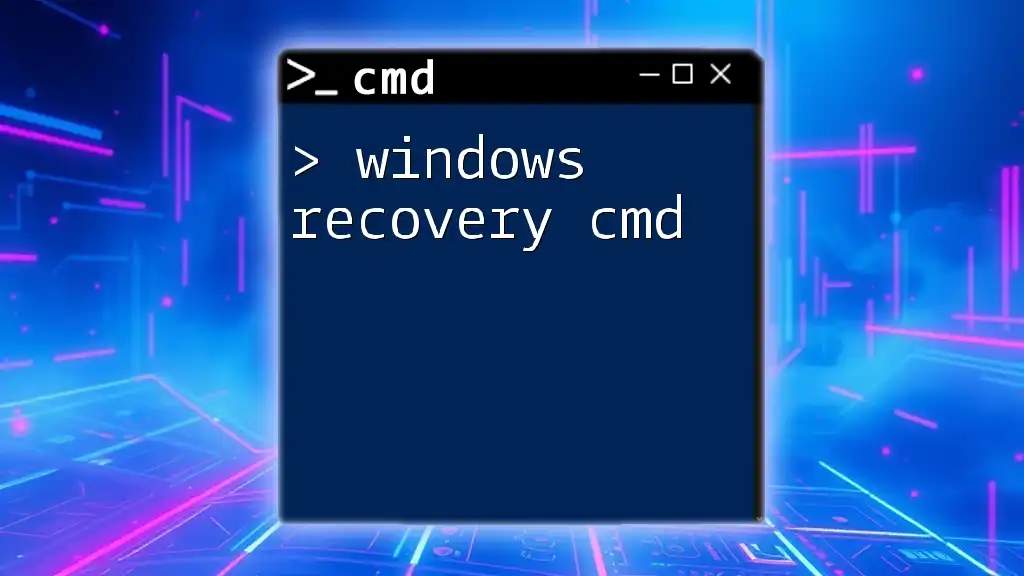
Best Practices for Cisco VRRP CMD
Recommended Configurations
- Use consistent priority values across your network to avoid unexpected outcomes during failover.
- Configure authentication to enhance security and guard against unauthorized access.
- Test failover scenarios periodically to validate your configuration.
Documentation and Support
Maintaining clear documentation of your VRRP setup, including configurations and test results, can be incredibly helpful for future troubleshooting and configurations. For additional insights and support, consult the official Cisco documentation and community forums.
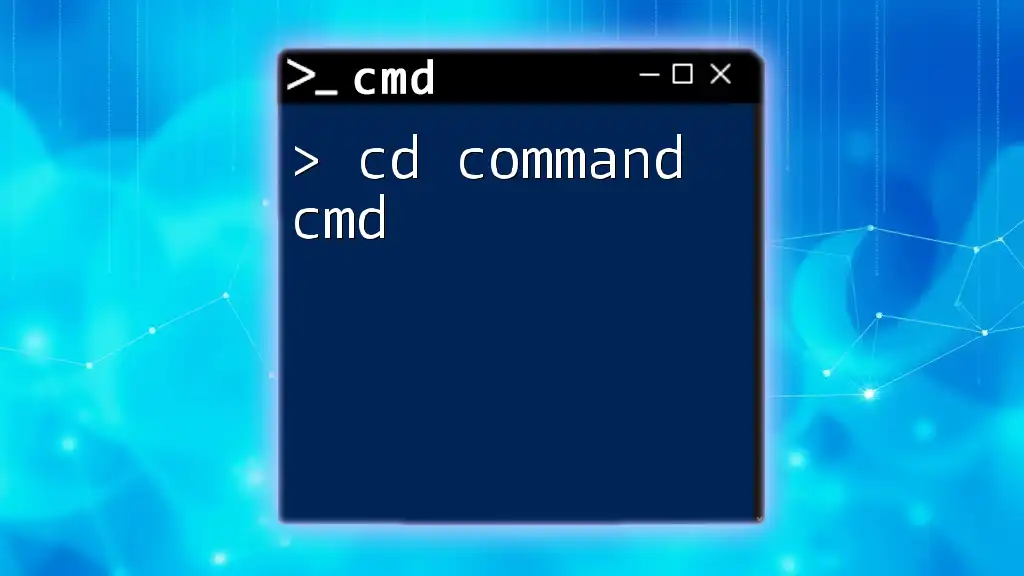
Conclusion
Mastering Cisco VRRP CMD can significantly enhance your networking reliability and performance. The knowledge gained through this guide will enable you to set up, configure, and manage VRRP with confidence. As with any technical skill, practice and experimentation will solidify your understanding and ability to troubleshoot effectively.
Additional Resources
For further learning, consider referencing Cisco’s official documentation and community blogs. These resources will provide deeper insights and advanced configurations used in diverse networking environments.
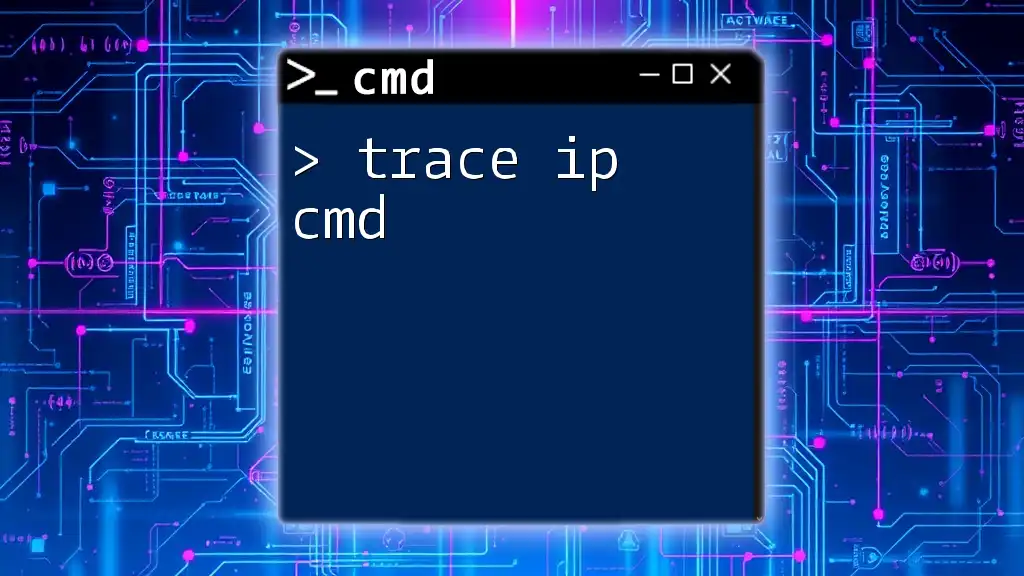
FAQs
What is the difference between HSRP and VRRP?
HSRP (Hot Standby Router Protocol) is a Cisco proprietary protocol, whereas VRRP is an open standard. VRRP allows for multiple routers in a group with one being elected as master, while HSRP typically supports only one active router.
Can VRRP work with non-Cisco devices?
Yes, VRRP is an open standard, allowing for interoperability between various vendor devices that support the protocol.
How do I know if my VRRP configuration is working correctly?
Using the command `show vrrp` will provide you with the status and roles of routers in the VRRP configuration. This output will confirm whether the Master Router is functioning and whether Backups are ready to take over when necessary.

